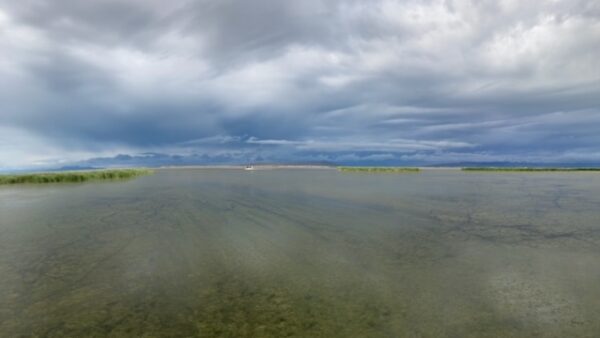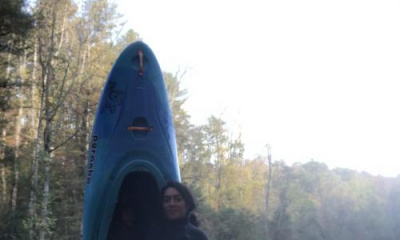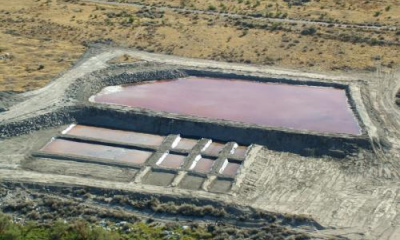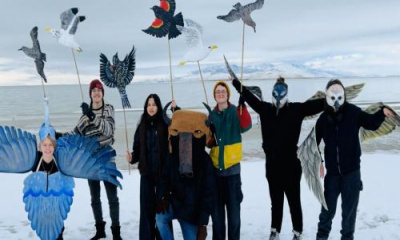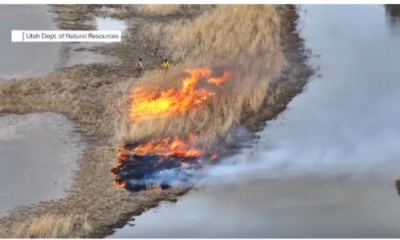Editor’s note: This story has been updated for clarity.
SALT LAKE CITY — Most RFA or ‘request for appropriation’ hearings on Capitol Hill involve a five-minute presentation where someone asks the state for money. One Utah lawmaker took a different approach Thursday.
“When’s the last time somebody sat in this chair and actually offered a horse trade,” Rep. Calvin Musselman, R-West Haven, asked the Natural Resources, Agriculture, and Environmental Quality Appropriations Subcommittee.
Musselman proposed allocating $10 million to replace a 90-year-old pipeline that runs through Ogden Canyon.
He said Ogden City Mayor Ben Nadolski came up with the idea that could save water for people and Great Salt Lake, as well as combat summer outbreaks of avian botulism.
Nadolski told lawmakers the current pipeline wastes 3 million gallons of water per day or roughly 9 acre-feet. To compare, the average Utah household uses one acre-foot of water every year.
Nadolski told KSL Newsradio based on the amount of water the pipeline is currently losing to leakage, they would conserve the volume of Pineview Reservoir three times over the life of the new pipeline.
The pipeline serves households around Ogden before the leftover water finds its way to Willard Spur, which sits between Bear River Bay and the salt waters just to the West of the freshwater Willard Bay Reservoir.
The water in this area is predominately fed by the Bear River, but also by some other waterways. The water from this intake also helps feed the main south arm of the lake when the Union Pacific Causeway berm lifts.
The two-way benefit
The pipeline costs $100 million. Right now, Nadolski said they already have $90 million, hence the $10 million proposal for the state to chime in.
If lawmakers sign off, Nadolski promised to dump 1,500 acre-feet of water in Willard Spur in August in the years after the pipeline is finished. Right now it’s not expected to be done until 2028.
According to the Utah Division of Wildlife Resources, hundreds of thousands of birds have died from avian botulism. It’s hard to pinpoint exact numbers, but in 1997, officials believe about 514,000 birds died from the condition.
When the waters of the Great Salt Lake get warmer in the hot summer months, that and low oxygen levels allows toxic bacteria to grow. When birds accidentally ingest it, it kills them.
Nadolski’s proposal to dump cold water into Willard Spur could not only help boost Great Salt Lake, it could save some number of birds.
The Great Salt Lake is one of the most important resources for migratory birds in North America. The lake welcomes millions of birds every year. According to DWR, over 10 million birds, between more than 330 species, utilize the lake and its resources.
The pipeline funding proposal still needs the approval of the full Utah legislature.

